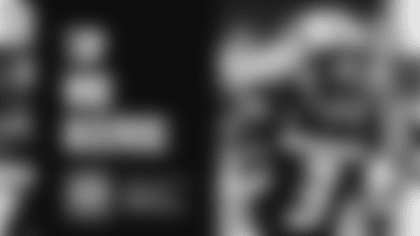The 2021 NFL draft kicks off on Thursday, April 29, though as things currently stand, the Seahawks will be sitting out Day 1 of the draft having traded their first-round pick to acquire safety Jamal Adams last summer. While the Seahawks could always add more picks via trades, for now they have just three picks due to the trades made to acquire Adams, defensive end Carlos Dunlap II and guard Gabe Jackson. And whether the Seahawks end up making just those three picks or if John Schneider works his magic and they end up selecting more players, there will still be opportunities to add talent to the roster, so over the next two weeks, Seahawks.com will take a position-by-position look at where things currently stand for the Seahawks, as well as the top draft prospects at each position. We'll also look at Seattle's draft history at each position over the past 11 drafts under general manager John Schneider and head coach Pete Carroll.
Today we kick things off with the offensive line, and tomorrow we'll turn our attention to the other side of the ball with the defensive line.
Seattle's 2021 Draft Picks: Round 2, No. 56 overall; Round 4, No. 129 overall; Round 7, Pick No. 250 overall.
Draft History Under Carroll & Schneider: T Russell Okung (No. 6 overall, 2010); G James Carpenter (No. 25, 2011); G John Moffitt (No. 75, 2011); G J.R. Sweezy (No. 225, 2012); G Ryan Seymour (No. 220, 2013); G Jared Smith (No. 241, 2013); T Michael Bowie (No. 242, 2013); T/G/C Justin Britt (No. 64, 2014); T Garrett Scott (No. 199, 2014); T Terry Poole (No. 130, 2015); G Mark Glowinski (No. 134, 2015); G/C Kristjan Sokoli (No. 214, 2015); G/T Germain Ifedi (No. 31, 2016); G/T Rees Odhiambo (No. 97, 2016); C Joey Hunt (No. 215, 2016); C/G Ethan Pocic (No. 58, 2017); T Justin Senior (No. 210, 2017); T Jamarco Jones (No. 168, 2018); G Phil Haynes (No. 124, 2019); G Damien Lewis (No. 69, 2020).
Where The Seahawks Stand
By re-signing center Ethan Pocic in free agency, the Seahawks put themselves in position to potentially have four of the same starters as last season—also back are left tackle Duane Brown, right tackle Brandon Shell and right guard Damien Lewis. Left guard Mike Iupati did retire this offseason, but the Seahawks made a significant move to get better at guard, trading a fifth-round pick for longtime Raiders starter Gabe Jackson, then signing Jackson to a contract extension. Adding Jackson was definitely step towards Carroll's stated goal to "grow and get better" on the interior line, the only question now is if the Seahawks will continue to add depth or perhaps even competition for a starting job on the interior line. Jackson has experience at both left and right guard, so the Seahawks have a choice there to make with him and Lewis, but regardless of who starts where, Lewis' Year 2 growth along with Jackson's talent level should give the Seahawks one of their better guard duos in years.
At tackle, Brown bounced back from injuries in 2019 to have a great 2020 season, and when healthy, the Seahawks got good play out of Shell on the right side, and they also re-signed Cedric Ogbuehi, who played well in place of an injured Shell late in the season. But even if that trio puts the Seahawks in a pretty good position at tackle heading into the draft, they could always look to the future with Brown and Shell both in the final years of their current contracts.
The Seahawks' history under Carroll and Schneider suggests they'd add a lineman during the draft—they've picked at least one in every draft since those two took over—but then again, the Seahawks have never had this little capital heading into the draft, so it's hard to say with much certainty that they will or won't address any one position.
NFL.com's Top 5 Offensive Tackles
1. Penei Sewell, Oregon
Overview (via NFL.com): Rare-breed tackle with good size and the elite foot quickness to make the most challenging move blocks the game has to offer. He's an explosive athlete who is better at moving forward than backward at this point, and his tape shows an ability to single-handedly spring touchdown runs (both long and short) with "wow" blocks. He possesses average balance and core strength, but he has trouble protecting his edges when rushers get into his frame. Improvements in technique and strength should be expected, though. While block-finishing needs to be upgraded, his initial snap quickness gives him the ability to take early leads in positioning as both a run and pass blocker. Sewell could take a giant step forward in both departments if he can control the action with better hand dominance. His flashes are exceptional, and his ceiling is substantial. However, questions about play strength and maturity due to his age/inexperience create a little more uncertainty than we usually see with high-end tackle prospects.
2. Rashawn Slater, Northwestern
Overview (via NFL.com): Three-year starter with experience at both left and right tackle positions. His compact frame carries play strength that can be filed in the "grown man" category, as evidenced by his heads-up battles against 2020 No. 2 overall pick Chase Young in 2019. Slater operates with confidence and efficient movement that sees him in position to get his job done on most snaps. His lack of length will lead some teams to view him as a guard, but the footwork and talent outside might be worth allowing him to prove it at tackle first. His combination of strength, athletic ability and quick processing should make him one of the safer offensive line picks in this draft and an early starter.
3. Christian Darrisaw, Virginia Tech
Overview (via NFL.com): Athletically gifted left tackle prospect with the natural talent to be as good as he wants to be. Darrisaw plays with plus body control. He has the initial quickness and smooth agility to get to any and all blocks in the run game. The tape shows a player who's able to make jaw-dropping cutoffs on the backside but who gives half-hearted effort securing down blocks and squeezing down to help protect the B-gap. He's flexible and loose in pass pro, with the foot quickness and hand strength to punch and close up shop on would-be edge rushers. His mirror can get a little lazy at times, and he will definitely need to do a better job of finishing his blocks. The low-burn field demeanor leads to inconsistencies in play, but the athletic traits and talent as a true left tackle should create first-round demand as a higher-ceiling, lower-floor prospect.
4. Teven Jenkins, Oklahoma State
Overview (via NFL.com): NFL-ready frame with broad chest and thick lower half. Jenkins not only plays with excellent upper-body power and hand strength, he combines it with a desired level of body control and athleticism to create a consistent, toolsy talent. His instincts and processing serve him well in quickly sifting through moving pieces. He can be an intolerant run blocker, looking to finish and bury his opponent once he gets his block locked and centered. Jenkins has good tackle tape, but his short arms and average range in pass sets could be something to keep an eye on. Whether it is at tackle or guard, Jenkins has the talent to become an early starter and a successful pro.
5. Alex Leatherwood, Alabama
Overview (via NFL.com): Leatherwood has projectable traits, solid athleticism and position versatility, but suffers from a failure to consistently execute at a high level due to issues that might be correctable. He sees the game well and works to stay balanced and composed in pass sets, but struggles with ranging and redirecting at the top of the rush. He doesn't have a very strong outside hand in pass pro, but his length could become a more formidable tool with a change in approach. He's a positional run blocker who lacks knock-back power but is capable of operating in any run scheme. Teams will need to determine if he's a guard or tackle, but an upgrade in aggressiveness is needed in order to become a good NFL lineman.
NFL.com's rankings of the top offensive tackle prospects in the 2021 NFL Draft.

1) Penei Sewell, Oregon
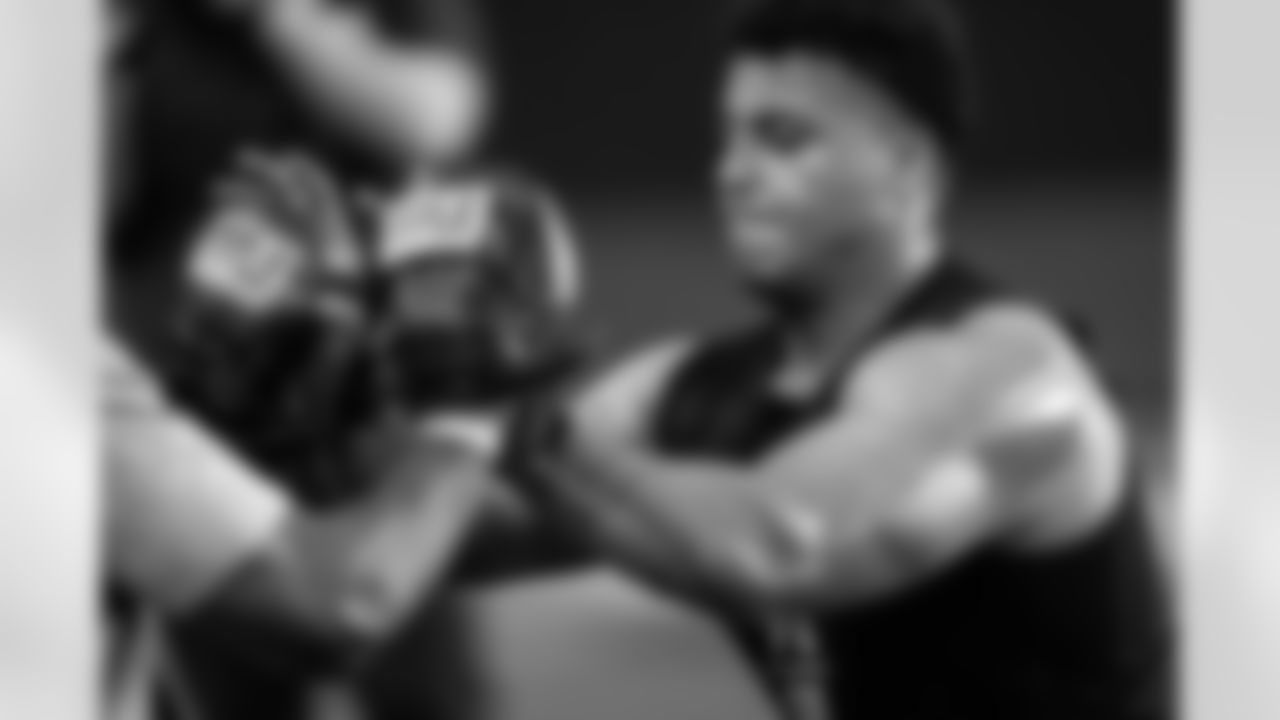
2) Rashawn Slater, Northwestern
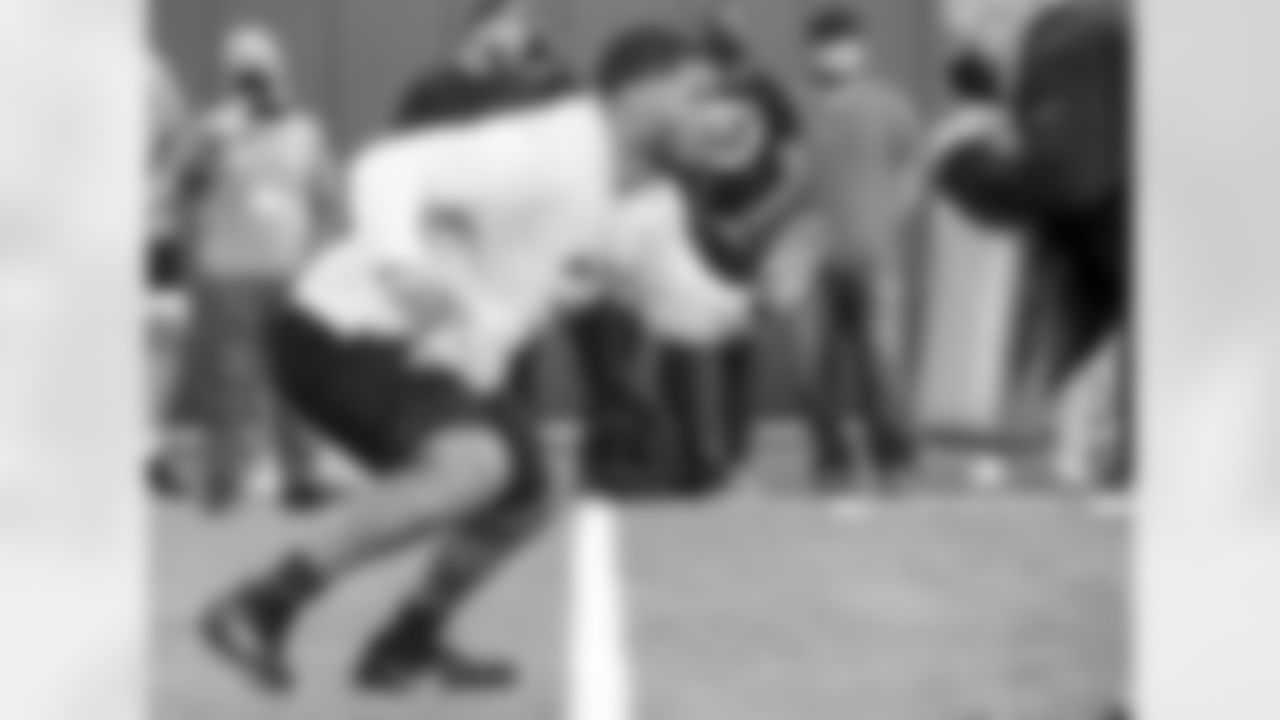
3) Christian Darrisaw, Virginia Tech
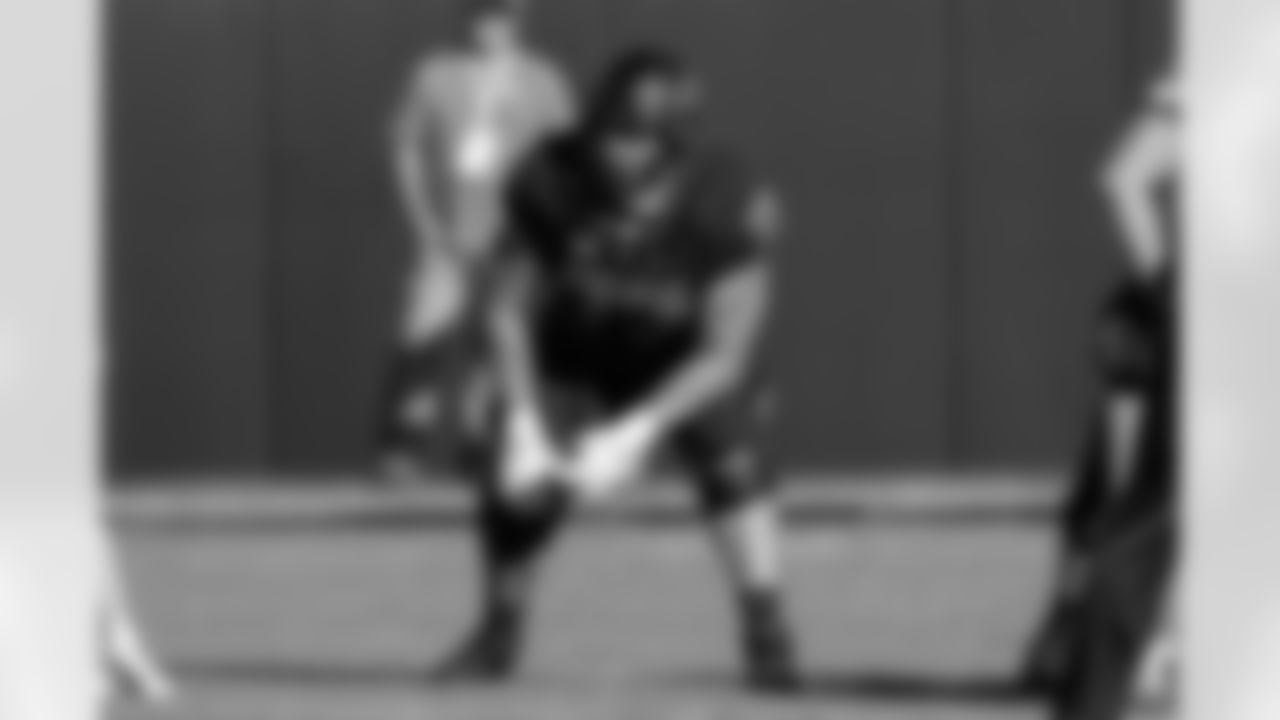
4) Teven Jenkins, Oklahoma State
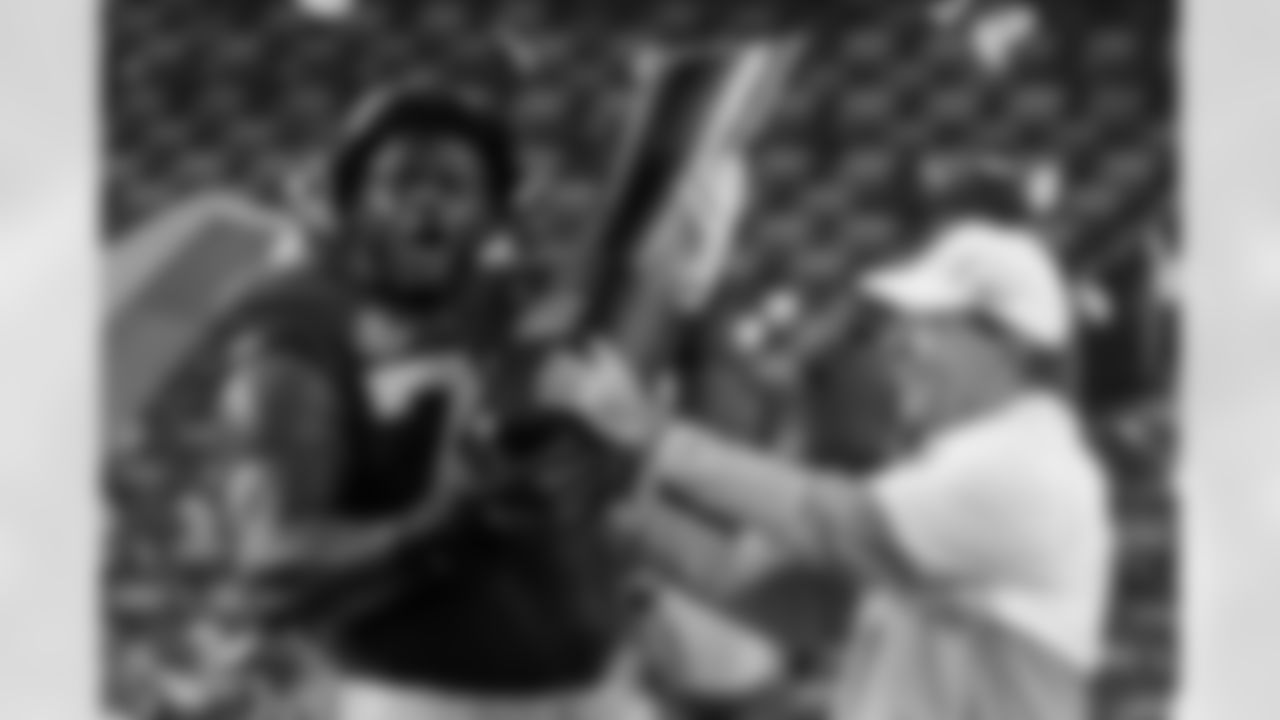
5) Alex Leatherwood, Alabama
NFL.com's Top 5 Guards
1. Alijah Vera-Tucker, USC
Overview (via NFL.com): Ascending wide-body with powerful hands and above-average core strength, allowing him to play with good balance and control the action around him. He's not a forklift-style drive blocker, but he does have the frame and natural strength to improve in that area if he can play with a little better pad level. Vera-Tucker is adept at catching and tagging moving targets in space. His effective play at left tackle in 2020 might create some buzz about him making that a permanent position if teams are OK with his lack of prototype length. He's a plus in pass pro and solid as a run blocker.
2. Aaron Banks, Notre Dame
Overview (via NFL.com): Mass of humanity who's able to cast his frame upon opponents and win with pure size at times. Banks can get a little lax with certain elements of technique and footwork but tends to counter that with his frame and strength. His core and base are rock-steady, as he's rarely jostled by contact. He can create momentum with his size as a run blocker, but he's not a great bender and lacks explosiveness into contact. Pass protection will get a little choppy against athletic interior rushers and twist games that force him to make quick slides to cut off his edges, but he has the anchor to stall bull rushers all day long. Banks has some physical limitations but should be fine as a potential early starter and Day 2 (Rounds 2-3) pick for a physical running game.
3. Deonte Brown, Alabama
Overview (via NFL.com): A starting guard for the better part of three seasons, Brown is wide, strong and built low to the ground with a natural leverage advantage. While he shines as an in-line power blocker, teams might also take note of his solid technique and reactive quickness. He worked extremely well with center Landon Dickerson on double teams and twists. His lack of length and physical traits will turn some teams off, as will his weight and body type. He's steady and powerful, though. Brown has the potential to become a starter for a power-based rushing team that doesn't adhere to strict traits standards.
4. Wyatt Davis, Ohio State
Overview (via NFL.com): There is no questioning Davis' strength or toughness. He has plenty of highlight reels spotlighting a chippy field demeanor. However, there are questions about whether his lack of desired physical traits and body control are things he can work around consistently as a pro. He's powerful at the point of attack. He plays with leverage and leg drive in the run game, but the average control and athleticism make him more of a phone-booth blocker. He has the anchor and hand quickness to handle his work in pass protection but his recovery talent is a bit limited. Davis should be an NFL starter for a power-based run scheme but his lack of length, body control and footwork prevent him from playing wide on a consistent basis.
5. Jackson Carman, Clemson
Overview (via NFL.com): Carman might be able to offer emergency tackle value at the next level but he is better-suited for a move inside to guard. Regardless of position, he needs to improve placement and sustain with his hands to help stay connected as a blocker. He has enough pop to handle man-blocking duties inside and has adequate athleticism to go with his wide frame to help improve leaky interior pass protection. His footwork creates unorthodox fits into the block and that will need to be corrected or NFL defensive tackles will send him crashing to the ground. His lunging, lingering punch can be tightened up with more work so that he lands his heavy hands without worrying about being countered by hand-fighters. Carman has starting potential as a guard with emergency value at right tackle.
NFL.com's rankings of the top guard prospects in the 2021 NFL Draft.
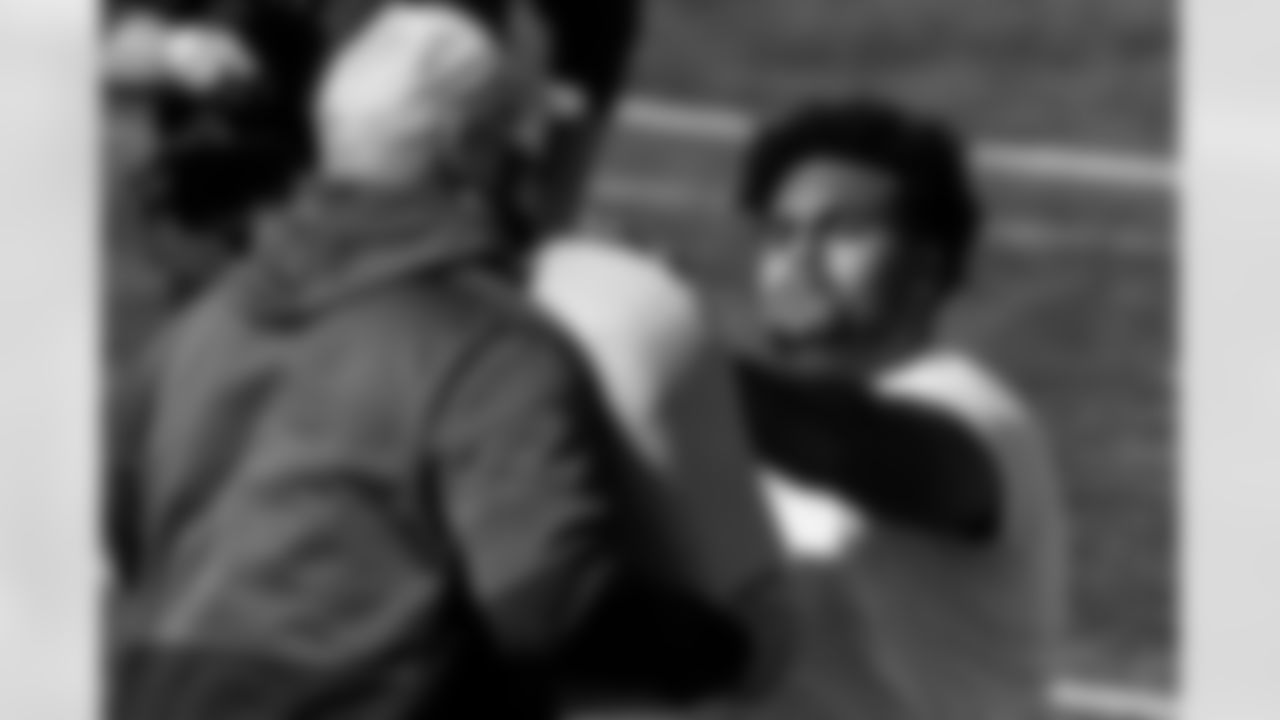
1) Alijah Vera-Tucker, USC
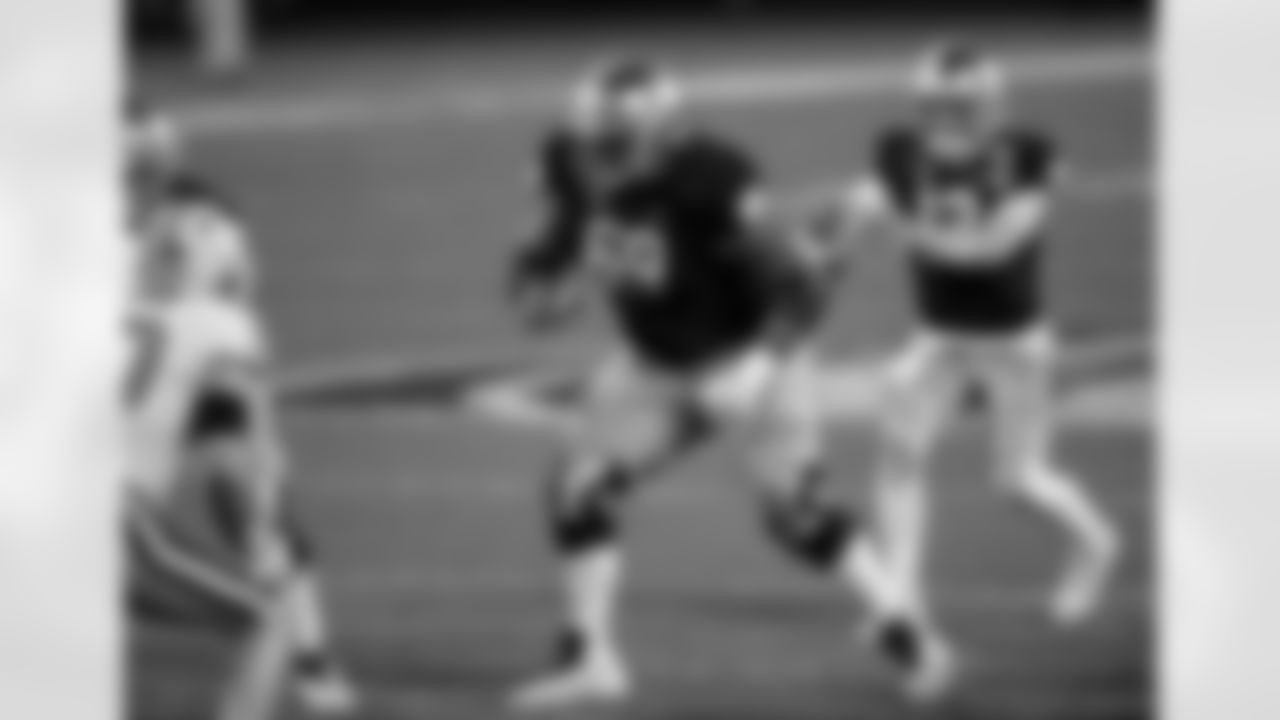
2) Aaron Banks, Notre Dame
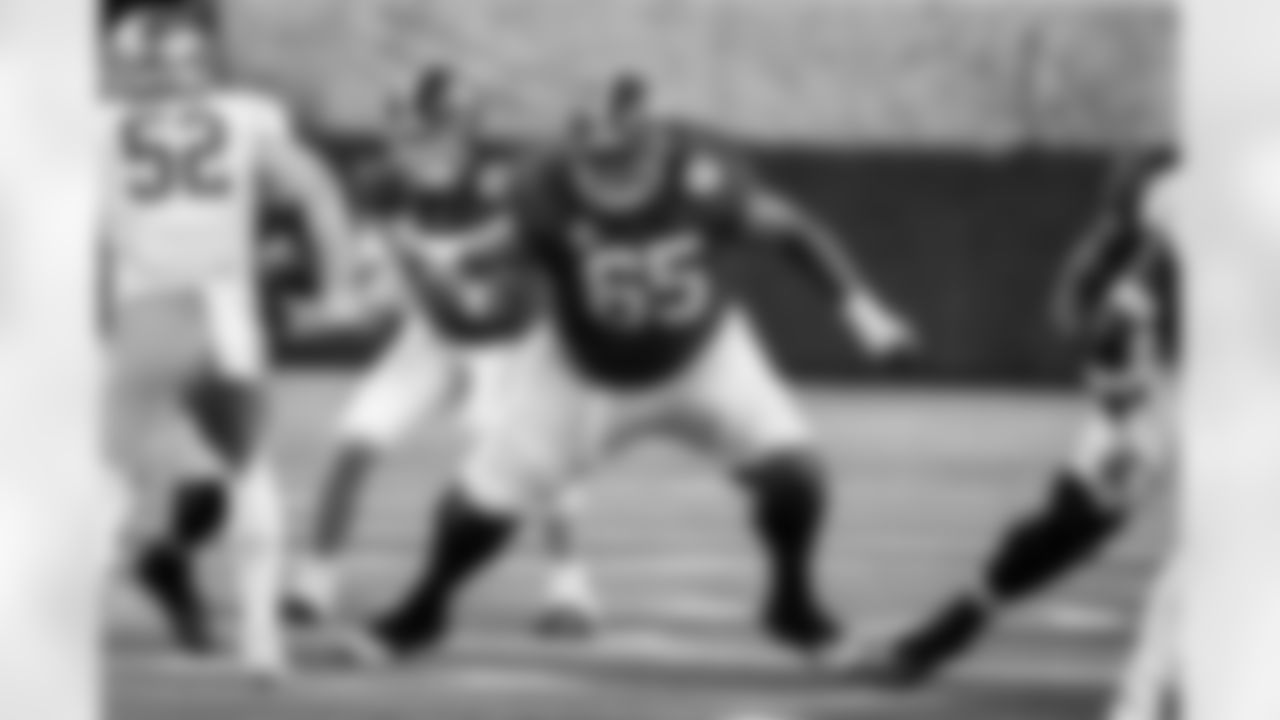
3) Deonte Brown, Alabama
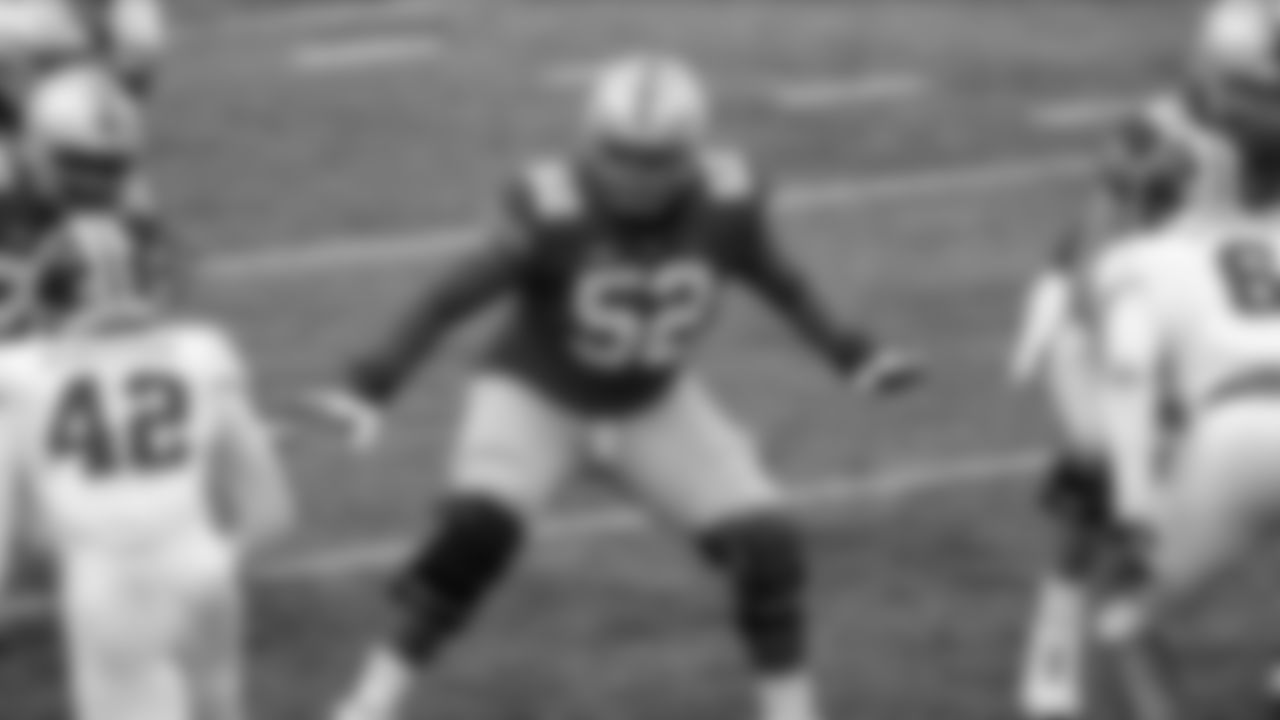
4) Wyatt Davis, Ohio State
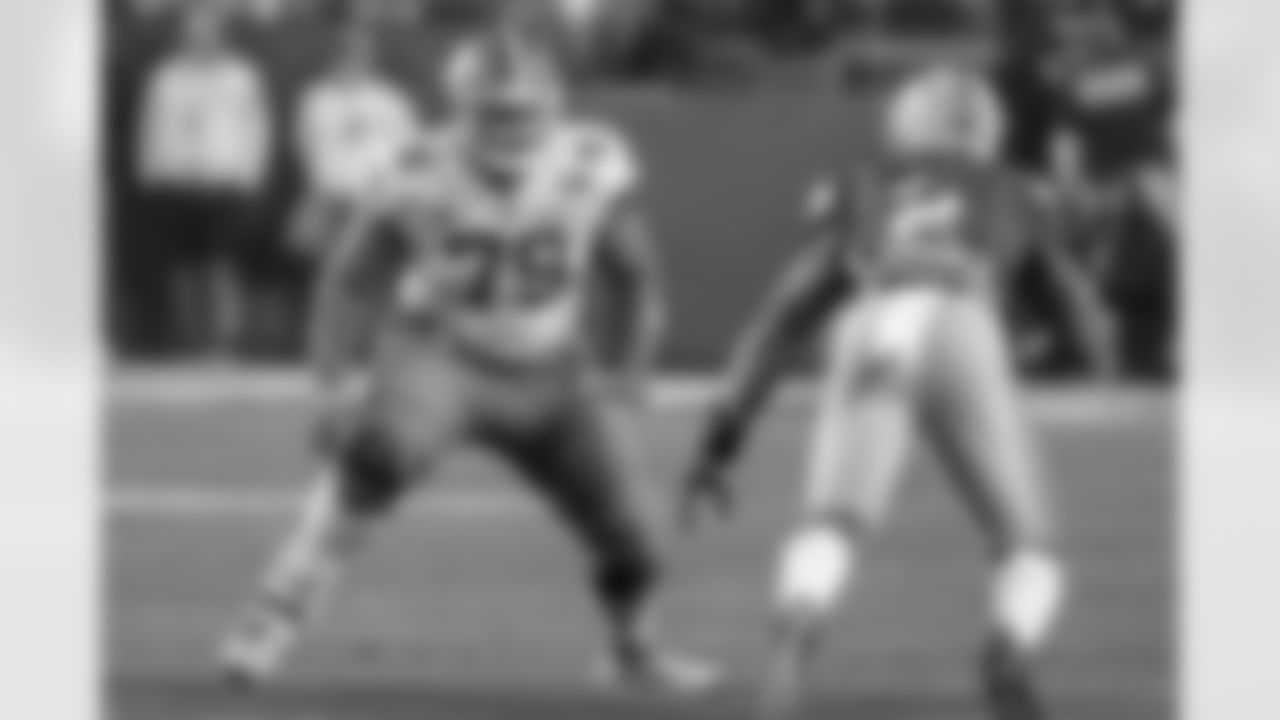
5) Jackson Carman, Clemson
NFL.com's Top 5 Centers
1. Landon Dickerson, Alabama
Overview (via NFL.com): Ascending interior lineman whose outstanding play at Alabama will have to be balanced against the litany of injuries he's sustained. He has a broad, well-built frame with above-average core strength and has true guard/center flexibility, depending on what a team is looking for. Dickerson has average range and reactive athleticism at the second level, but he is capable of short pulls and has the body control technique to help open holes in a downhill attack. The anchor is firm, so halting bull rushers is a check in his column, but his lateral agility could be tested by athletic rushers in sub packages. Teams will love his demeanor on and off the field as well as his football intelligence, but he must prove that he can stay healthy. His size and talent should make him one of the earliest interior linemen off the board.
2. Quinn Meinerz, Wisconsin-Whitewater
Overview (via NFL.com): The darling of this year's Senior Bowl, Meinerz has broken through and onto NFL draft boards despite moving up from Division III and having no 2020 tape. He flashed at times in 2019, but his tape was nothing like what we saw against upgraded competition across from him at the Senior Bowl. His hands have improved greatly and his movement appears to be much more efficient and powerful. The step up to NFL competition will require an adjustment period as a full-time move to center likely awaits him. He has the ability to move and finish drive blocks and his pass protection is clearly improving. He has the strength and demeanor to become an impactful starter in the near future.
3. Creed Humphrey, Oklahoma
Overview (via NFL.com): Savvy, game-wise center with below-average length, good core strength and a full slate of intangibles desired at that position. Humphrey is praised inside the building for his outstanding leadership and having the recognition to make all the calls up front. He's more of a positional blocker than fork-lifter but has the core strength to neutralize and stalemate blockers at the point of attack. He's not a plus athlete but he's athletic enough as a move blocker, with the ability to work his feet into position to finish blocks after contact. He plays with a nasty streak when needed, which will appeal to offensive line coaches, but his overall profile might be more "steady" than "star." Humphrey is a solid, safe selection and should become a longtime starter.
4. Josh Myers, Ohio State
Overview (via NFL.com): Future starting center with proportionally broad frame and good lean mass. Myers is battle-tested and has experience in most run-blocking schemes. He's functional working into lateral positioning but is at his best on double teams and working up to linebackers to free the Buckeyes' interior rushing attack. He's not a natural bender and has trouble with contact balance when allowing defenders to get up under his pads. His size works to his advantage against power rushers but protection will become a little leaky when asked to slide and mirror against athletic edge attacks. Myers is solid but unspectacular with the talent to become an early starter.
5. Michal Menet, Penn State
Overview (via NFL.com): Durable three-year starter with good mass and strength to handle what's in front or on top of him. However, he struggles when he has to range or play reactive football. Menet's opening steps and strikes are compact and efficient. He lands with some pop, but lacks ideal length and athleticism to sustain blocks against active defenders. He has the potential to become an average starter within two years.




